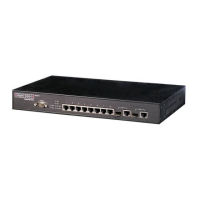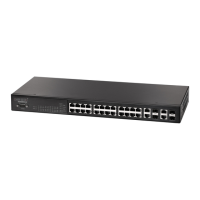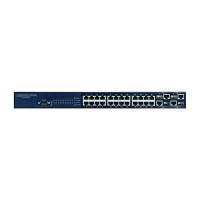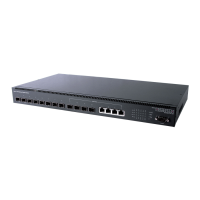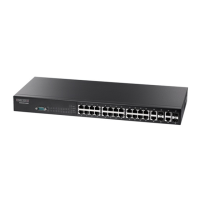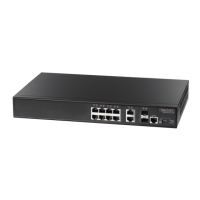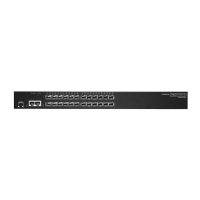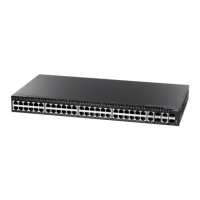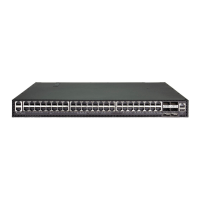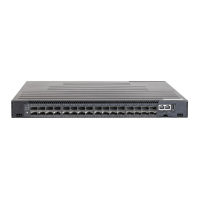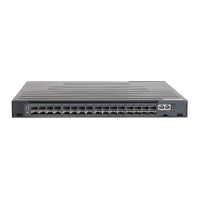How to troubleshoot connection issues with Edge-Core Network Router using Telnet, web browser, or SNMP?
- CCheryl WyattJul 31, 2025
If you are unable to connect to the Edge-Core Network Router using Telnet, a web browser, or SNMP software, ensure the device is powered on and check the network cabling between your management station and the switch. Verify that you have a valid network connection to the switch and the port is enabled. Also, ensure the VLAN interface connected to your management station has a valid IP address, subnet mask, and default gateway. Make sure your management station's IP address is in the same subnet as the switch's IP interface. If connecting via a tagged VLAN group IP address, confirm your management station and intermediate switches are configured with the appropriate tag. If using Telnet, you might have exceeded the maximum concurrent sessions; try again later.
